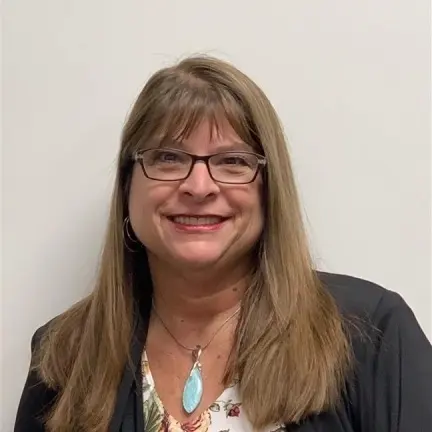Barriers to Employment
While there are many reasons people struggle to gain stable employment, these are some of the most common barriers case managers hear. Barriers to employment can seem very large, whether concerns from a client or worries from prospective employers. These concerns include:
-
Lack of transportation
-
Poor health conditions or disabilities
-
Lack of childcare
-
Lack of language skills
-
Age, either too young or too old
-
No work experience
-
Criminal history
-
Bad attitude
-
Inadequate job training or lack of education
-
Financial concerns for jobs requiring credit checks
-
Inappropriate social media content
-
Unexplained employment gaps
-
Housing instability
When working with a client, it’s best to address each barrier individually. When there is more than one reason why a person is struggling, it can feel like a mountain. But with your help, they can overcome whatever stands in their way.
Tips for Helping Clients Overcome Barriers
Work with each issue, one at a time, to find solutions to help them overcome barriers.
Customize Solutions
Clients need to be empowered to overcome their own barriers to employment, although as a case manager, you can help with practical solutions. No two clients are alike, so be sure your offer is customized to their specific situation.
Offer Remote-Based Opportunities
Whether it’s online training or online work, many people are able to work from home even when they can’t work or learn outside of their home. Many libraries offer free time at a computer, while some companies will even pay for an internet connection if it’s necessary for the job. Encourage your clients to be creative and open-minded when searching for solutions.
Offer Job Training
If they qualify, workforce grants like WIOA can facilitate no-cost job training for your clients. Look for an online school that provides support along the way so your clients can gain confidence and pass their certification exams successfully. MedCerts partners with American Job Centers as an approved training vendor in more than 30 states. Students are partnered with personal education consultants to help them reach their goals.
Encourage Positivity
Finally, clients who believe they can overcome their barriers are more likely to do so than people who think it’s impossible. Ask your clients if they believe in themselves enough to work together for a solution. Saying “yes” is the biggest step they can take toward success.
